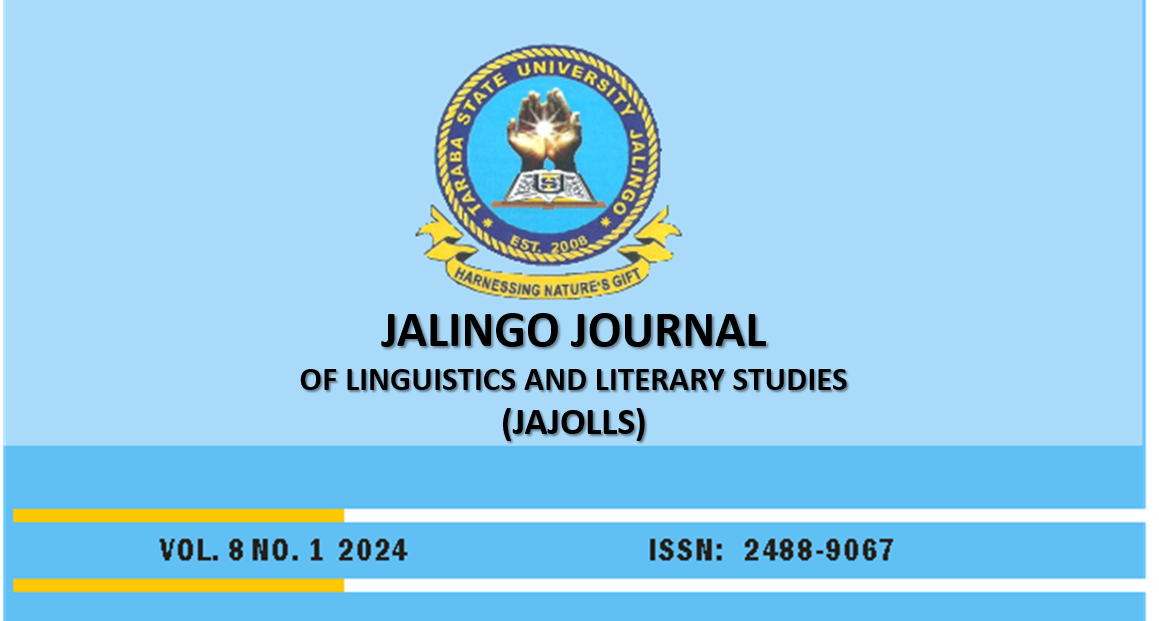A Contrastive Study of the Fulfulde and Hausa Consonantal Phonemes
Keywords:
Contrastive analysis, Fulfulde, Hausa, Consonantal, Sounds, PhonemesAbstract
This research aims at contrasting the consonantal phonemes of Fulfulde and Hausa language in order to describe their similarities and differences. This research is hinged on theoretical foundation known as Contrastive Analysis propounded by Lado (1957). The researcher adopted the descriptive method, and the objectives of this study are: (1) to identify the similarities between the consonantal phonemes of Fulfulde and Hausa language, (2) to identify differences between the consonantal phonemes of Fulfulde and Hausa language and (3) to explore possible areas of learning difficulties among the native Fulfulde and Hausa speakers. Learners of
second language (L2) are usually faced with difficulties largely contributed by the features of their first languages (L1). This study compares and contrasts the segmental consonantal phonemes of Fulfulde and Hausa. The researcher employed desk research where data were drawn from archive and then analyzed side-by-side revealing their similarities and differences. The results of the study demonstrate that Fulfulde and Hausa have some similar phonemes; Fulfulde has 27 consonantal phonemes when Hausa has 34. All simple consonants present in Fulfulde are also present in Hausa except /f/, and /p/, homorganic nasal sounds present in Fulfulde are
absent in Hausa, simple consonants present in Hausa are also present in Fulfulde except /ᶲ/, and /z/, balialized consonants of Hausa are absent in Fulfulde, glottalized consonants of Hausa are absent in Fulfulde and there are no ejectives /q/ and /tʃ’/ in Fulfulde. The research discovered the possibilities of reciprocally of interference among the native speakers of both languages. The study recommends that future researchers use a bigger sampling size to see if mother tongue interference affects other skills.

